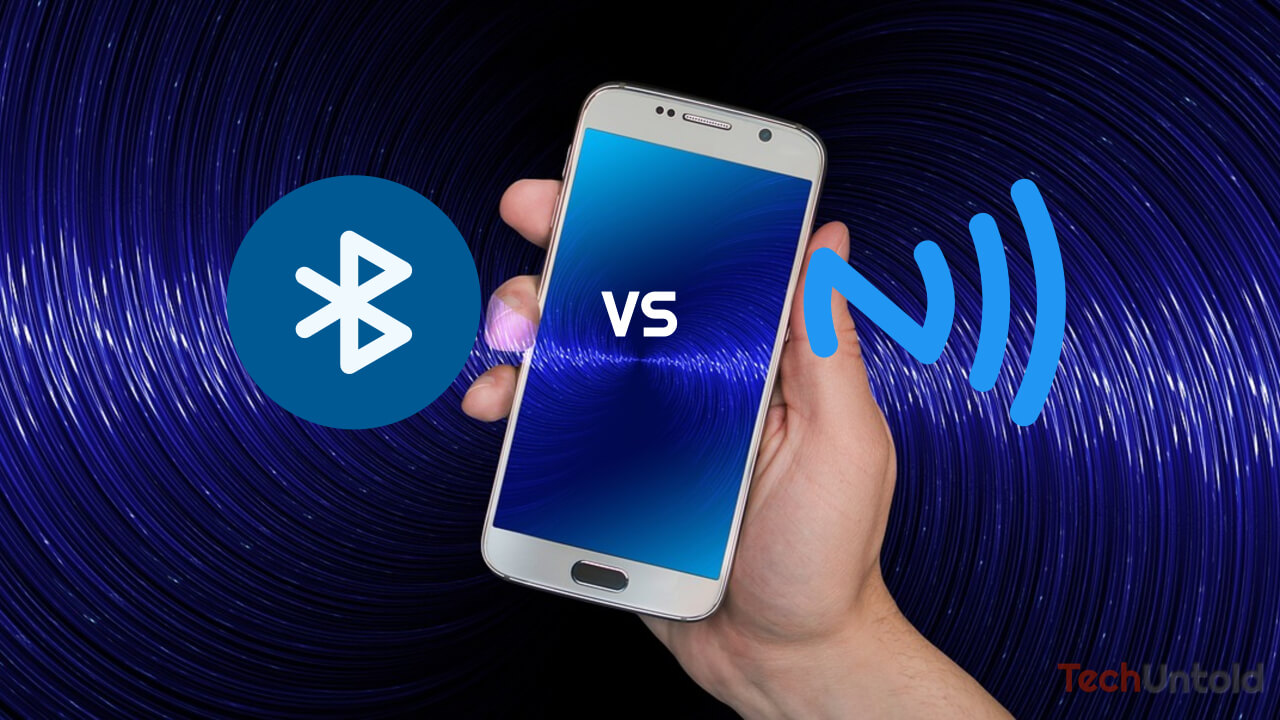


Best option for context-aware messaging.High accuracy via proximity detection (message triggering based on user’s location in relation to a beacon).Very low power usage to preserve device battery life.Well documented and standardized app development architecture.Standard protocol and ability to work across platforms and devices.Beacons work in tandem with mobile apps to trigger particular messages or actions based on rules, such as triggering a push notification when a user is within a certain distance from a beacon. BLE is already used widely and is the basis for Google Eddystone and Apple’s iBeacon.

Bluetooth Low Energy (BLE) & Beaconsīluetooth Low Energy (also called Bluetooth LE or Bluetooth 4.0) is the power- and application-friendly version of Bluetooth that allows for connectivity between devices and beacons. Location-Based Technologies For Mobile Apps 1. We’re going to go into the big 3 – BLE/Beacons, WiFi, and GPS – and in what scenarios they work best in. In this context, location acts as an organizing principle for anything connected to the Internet.”Ĭompanies are realizing the value of having mobile apps with location-based features, and there are a number of options to accomplish this. “ Location is a vital dimension of the IoT concept that encompasses the ability of ‘things’ to sense and communicate their geographic position. A personalized and contextually relevant experience is more compelling to users, and increasingly, location is a factor that enhances personalization and makes the user experience more relevant.Īs the Internet of Things (IoT) gains traction, location is becoming even more important. While mobile technology has allowed us to break down geography and stay connected from anywhere, location is proving to be more important than ever.įor many categories of mobile apps, personalization, context, and location are the trifecta of exceptional user experience.


 0 kommentar(er)
0 kommentar(er)
